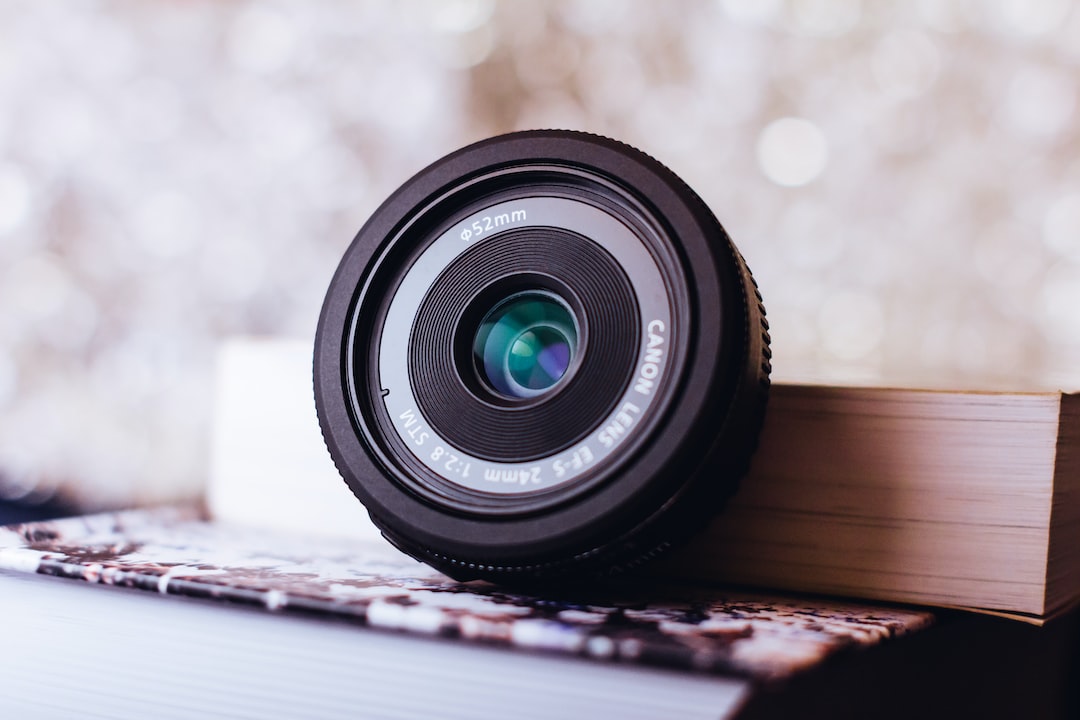Knitting is a wonderful and versatile craft that can bring immense joy and satisfaction to those who try it. Whether you’re curious about knitting, just getting started, or looking to refine your skills, this beginner’s guide will provide you with all the tips, tricks, and essential supplies you need to embark on your knitting journey.
First and foremost, let’s talk about the essential supplies you’ll need to begin knitting. The most important tool is the knitting needle. These come in various sizes and materials, such as bamboo, metal, or plastic. Choose a size that matches the weight of yarn you’re planning to use. Thicker yarn requires larger needles, while thinner yarn requires smaller ones. Having a variety of needle sizes is always handy for different projects.
Now, onto the yarn. There are countless types of yarn available, from different fibers to various textures and colors. For beginners, it’s best to start with medium-weight yarn, referred to as “worsted” or #4 on the yarn label. Acrylic yarn is a great option as it’s affordable and easy to work with. As you gain experience, you can explore different fibers like cotton, wool, or alpaca, and experiment with different textures and colors to create unique pieces.
Once you have your needles and yarn, it’s time to learn some basic knitting techniques. The two main stitches you’ll often come across are knit (K) and purl (P). Knit stitches create a smooth V-shape texture, while purl stitches create a bumpy texture. These two stitches, in combination with each other, form the foundation for various knitting patterns. There are plenty of online tutorials and videos that demonstrate these basic stitches, making it easy to learn and practice.
As a beginner, simple knitting projects like scarves, dishcloths, or hats are great starting points. Scarves allow you to practice your knit and purl stitches, while dishcloths and hats introduce some shaping techniques. These projects are perfect for honing your skills and building confidence.
Now, let’s talk about some tips and tricks to enhance your knitting experience. First, patience is key. Knitting requires concentration and practice, so take your time and don’t get discouraged if things don’t come naturally at first. It’s a skill that improves with practice.
Second, maintaining a consistent tension is important. Tension refers to the tightness or looseness of your stitches. Try to find the right balance that works for you, keeping in mind that too tight or too loose tension can affect the appearance and overall outcome of your project.
Another valuable tip is to use stitch markers to keep track of your progress, especially when working on patterns that require repeating certain sequences. Stitch markers can be small rings or clips that you place on your needle to mark specific stitches.
Lastly, don’t hesitate to explore different knitting resources and join a knitting community. Knitting blogs, books, and forums provide a wealth of knowledge, inspiration, and support. You’ll find countless patterns, tips from experienced knitters, and the opportunity to connect with people who share the same passion.
In conclusion, knitting can be a fulfilling and rewarding hobby for those willing to give it a try. With the right supplies, learning the basic techniques, and incorporating these tips and tricks into your practice, you’re well on your way to becoming a skilled knitter. So pick up those needles, choose your favorite yarn, and let your creativity flow through the rhythmic motion of knitting. Happy knitting!

